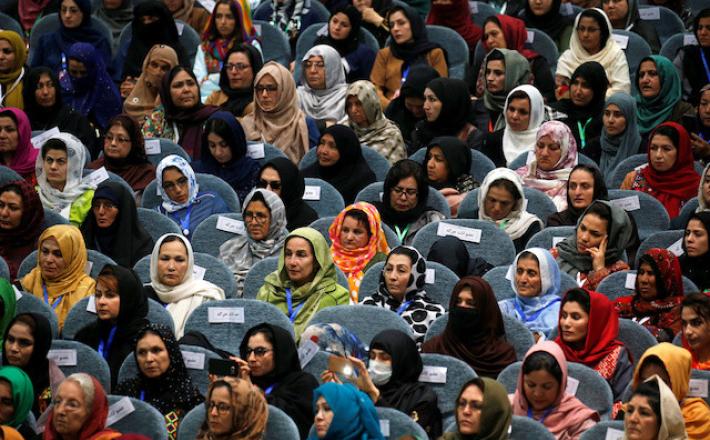Why we need more women mediators
Source: The Jakarta Post
It was a balmy day in November 2020 as I was sitting on a crowded train, my mouth full of bread and hot steamy chai as I struggled to take a sip. I took a glance at the people who picked me up and would bring me to meet the commander.
I was in one of the conflict areas in South Asia. The journey continued over a nine-hour car ride on a muddy road. I wondered what kind of people I would meet, what they would think of me and how should I start the conversation.
In a male-dominated realm of guns and grief, I always make an effort to be a good listener, to be able to understand better. It was one of the series of lengthy journeys I had come across in my work.
Throughout the years, I met and talked to various non-state armed groups and state leaders from regions torn by war across the world for a mission of mediating conflict and bringing the warring parties to the negotiating table. I witnessed resentment, resistance and power at play, but I also saw hope, dignity and dreams of the laypeople for a better, violence-free life.
Official peace processes and final conflict settlement are often said to include women. In many cases, while women are disproportionately affected by conflicts, they play a central role in rebuilding communities and crossing boundaries to demand peace and save lives on the ground.
At the top level, negotiation processes are usually dominated by a masculine paradigm, which concerns only the top official leaders who are mainly men.
Click here to read the full article published by The Jakarta Post on 13 January 2021.

It was a balmy day in November 2020 as I was sitting on a crowded train, my mouth full of bread and hot steamy chai as I struggled to take a sip. I took a glance at the people who picked me up and would bring me to meet the commander.
I was in one of the conflict areas in South Asia. The journey continued over a nine-hour car ride on a muddy road. I wondered what kind of people I would meet, what they would think of me and how should I start the conversation.
In a male-dominated realm of guns and grief, I always make an effort to be a good listener, to be able to understand better. It was one of the series of lengthy journeys I had come across in my work.
Throughout the years, I met and talked to various non-state armed groups and state leaders from regions torn by war across the world for a mission of mediating conflict and bringing the warring parties to the negotiating table. I witnessed resentment, resistance and power at play, but I also saw hope, dignity and dreams of the laypeople for a better, violence-free life.
Official peace processes and final conflict settlement are often said to include women. In many cases, while women are disproportionately affected by conflicts, they play a central role in rebuilding communities and crossing boundaries to demand peace and save lives on the ground.
At the top level, negotiation processes are usually dominated by a masculine paradigm, which concerns only the top official leaders who are mainly men.
Click here to read the full article published by The Jakarta Post on 13 January 2021.